The clinical signs of Feline Idiopathic Cystitis include dysuria (difficulty or pain during urination), pollakiuria...

Cardboard boxes for cats. Are there studies that recommend them?
All of us who share our lives with cats have noticed that as soon as they can, they look for a place to hide. I'm sure that as you read this you are remembering that time when you couldn't find your cat and you thought he might have run away from home. This happens to us a lot, you look and look and don't find him. Cats are great at hiding. On the one hand they hide very well and on the other hand they also hide very well what is happening to them. There is always a gap or hole to be discovered that they haven't used yet, no matter how small it may seem. Cats, because they are solitary hunters, find it very important to have places to hide in their environment, to be able to take refuge if something happens to them or if they detect a threat. Especially if these places are small, hidden and there is no room for another cat or animal inside. In this way they are able to disappear if something threatens them (another cat, a dog, a child chasing them, etc.). A cardboard box can be ideal for these purposes.
Benefits of cardboard boxes for cats
- A very important element of environmental enrichment in the life of cats.
- The cardboard box fulfils the purpose of being warm. We know how cats love warm places to rest.
- It stimulates their curiosity and they will be able to exercise physically and mentally.
As if our arguments were not enough, it should be noted that there is scientific evidence on the usefulness of cardboard boxes for cats.
Studies on cardboard boxes and cats
Several studies have proven the effectiveness of boxes as an important element in their environment.
According to the American Animal Hospital Association (AAHA) and the International Society of Feline Medicine (ISFM), a healthy feline environment can be achieved by respecting as many as possible five main pillars of environmental needs guidelines, which will help us to adapt the environment of any cat in any situation we can imagine. The first of these is to provide safe places, which should be scattered throughout the territory and be diverse so that the cat can always find a place to hide from threats if necessary. These may be places to climb or climb into, such as towers, shelves or boxes (Ellis et al, 2013). The ability to hide provides a crucial stress management strategy. This is especially true for cats that live and cohabit in environments that can be stressful, such as a shelter, multi-cat households or large, busy families, or a hospitalisation in a veterinary clinic. In fact, the welfare of cats in shelters is greatly improved if they are provided with the opportunity to engage in hiding behaviour and this does not decrease the likelihood of those cats being adopted (Kray & Casey, 2007). As you know, punctual stress is an adaptive physiological reaction, i.e. it serves to cope with different environmental or organismal stimuli. However, if it is chronic it is detrimental and can cause harm, for example by reducing the immune response of the animal and exposing it to infection. This is especially important in shelters and hospitalisation, where lower and less variable scores on the Cat stress score are observed if they are offered a crate to hide in (Vinke et al., 2014).
In addition, cats with a box may also consume more food when subjected to the stress of being confined in a shelter (Ellis et al., 2021).
Coolcatss helps your cat
Your cat's well-being is important and Coolcatss can help you to maintain it, as it is an element of concealment which, as you can see, is essential for your cat.


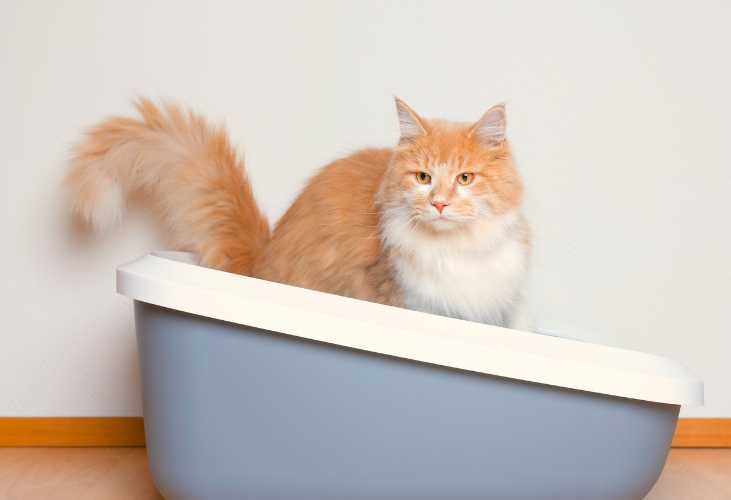
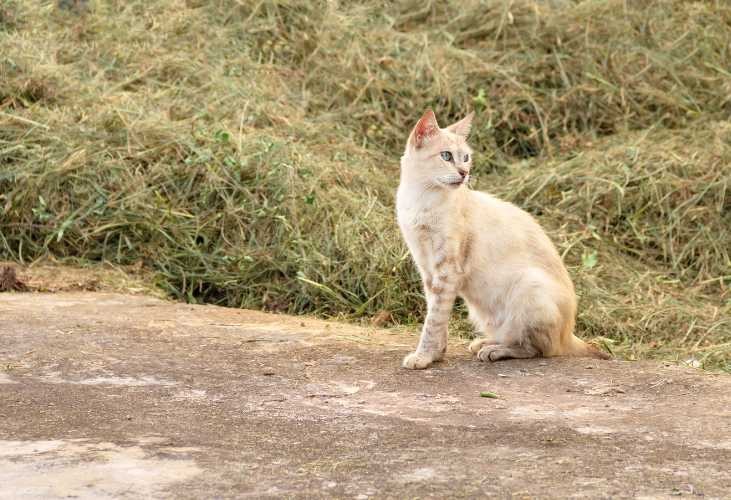
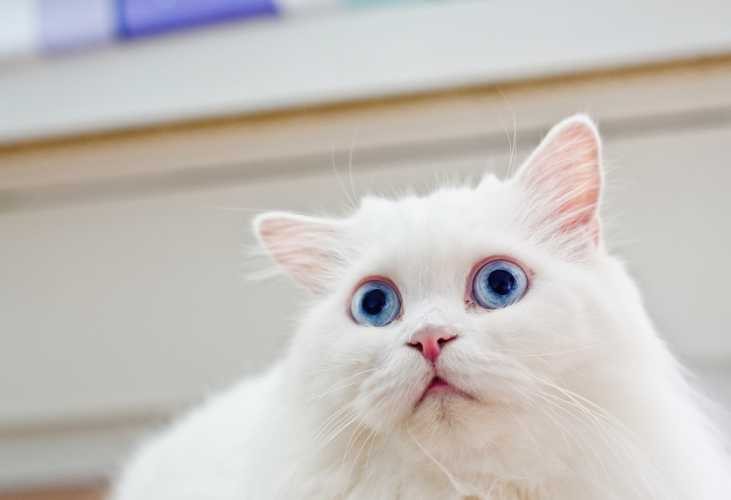
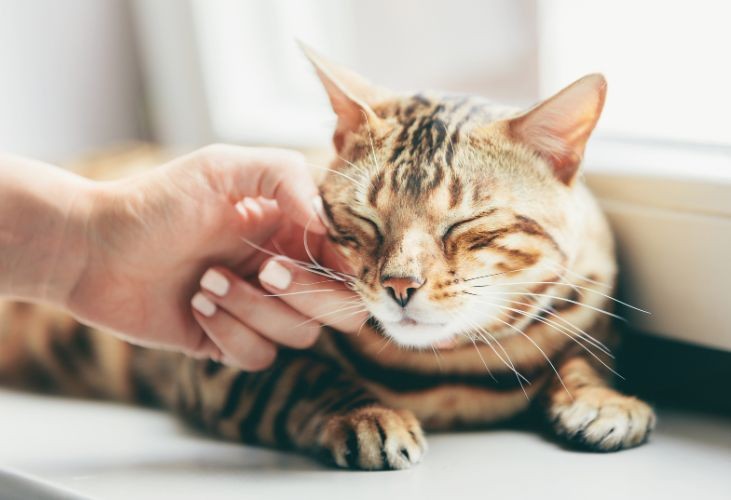
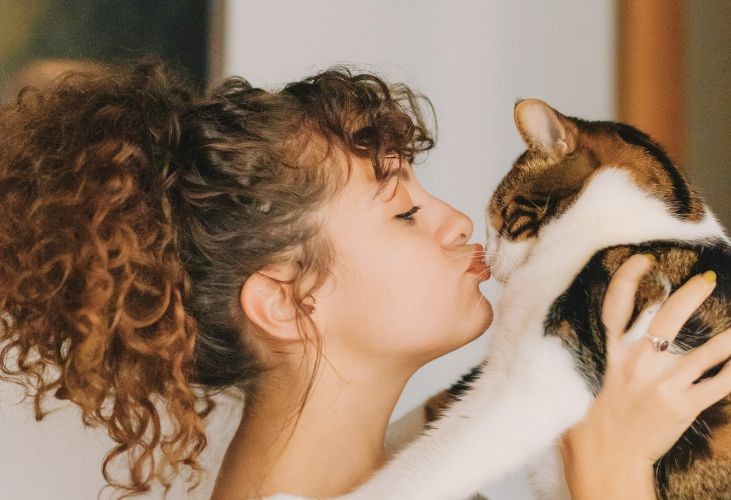
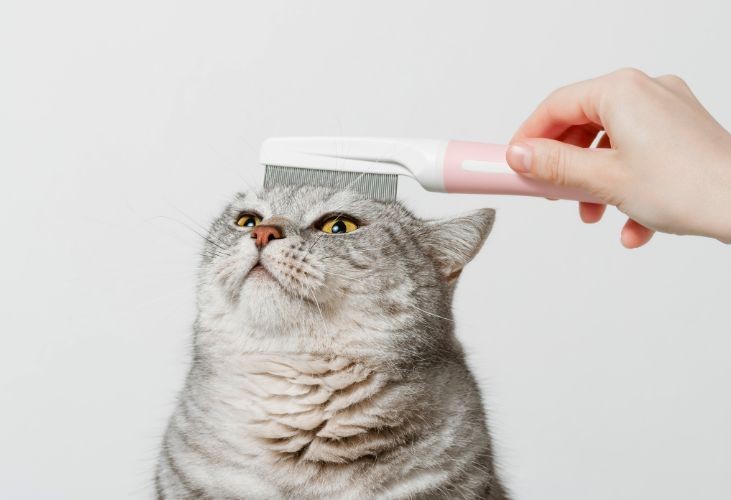
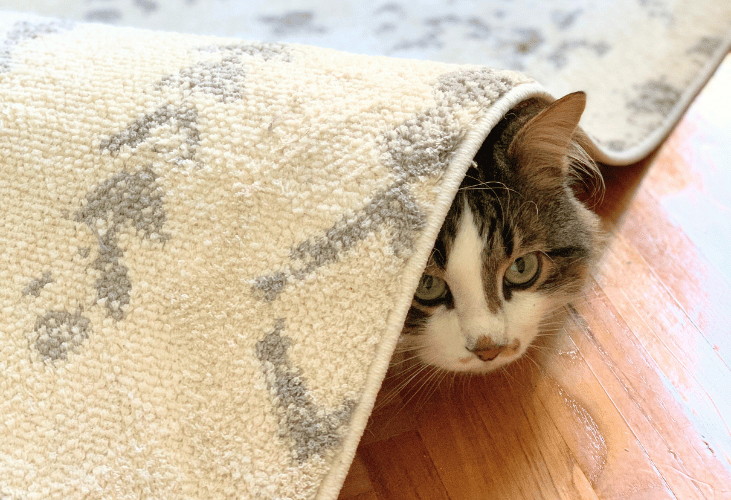
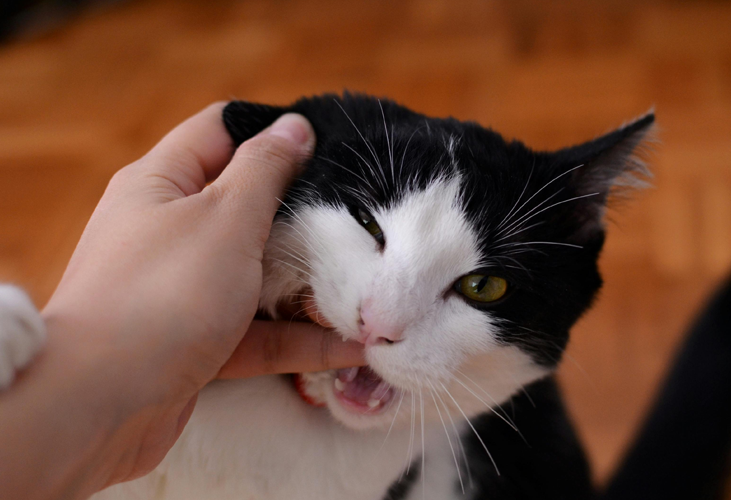
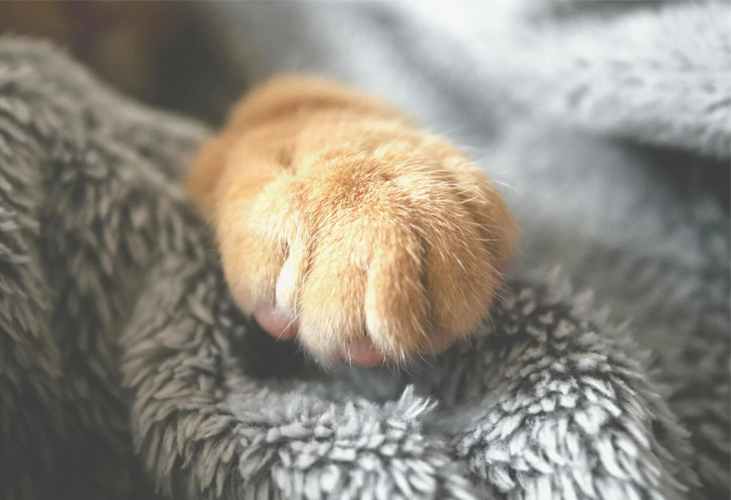
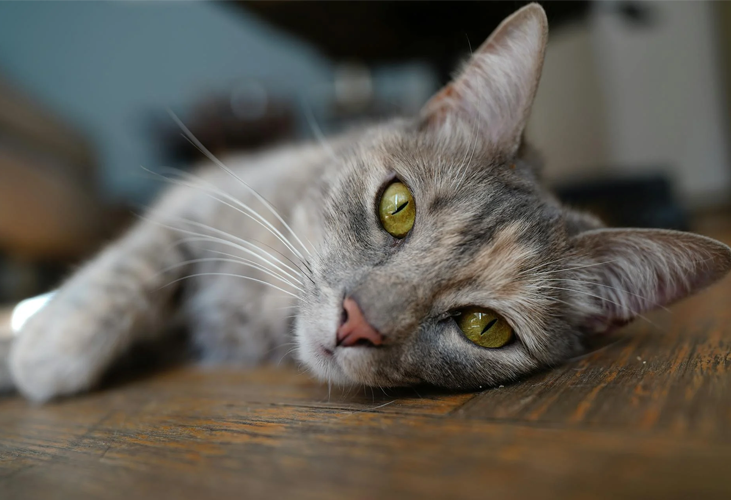
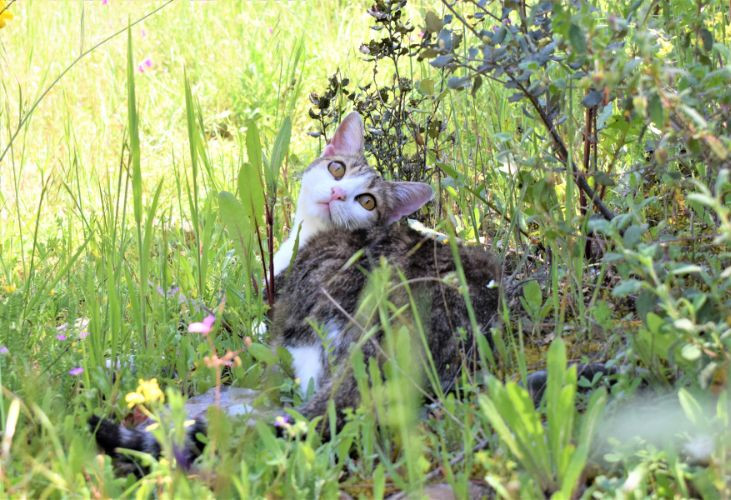
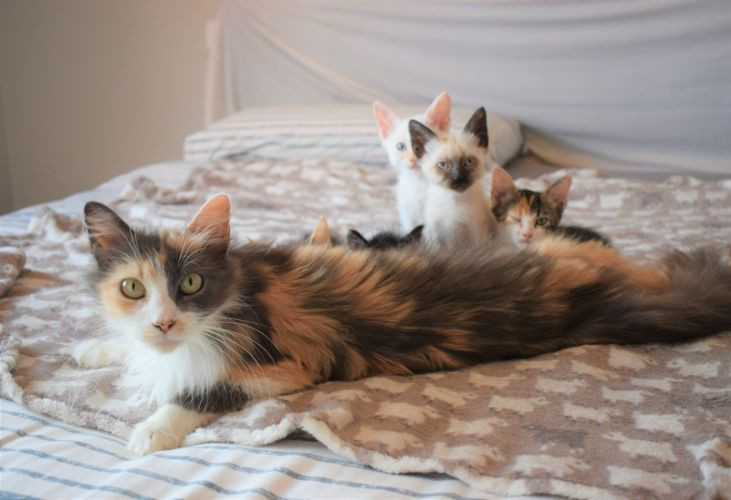
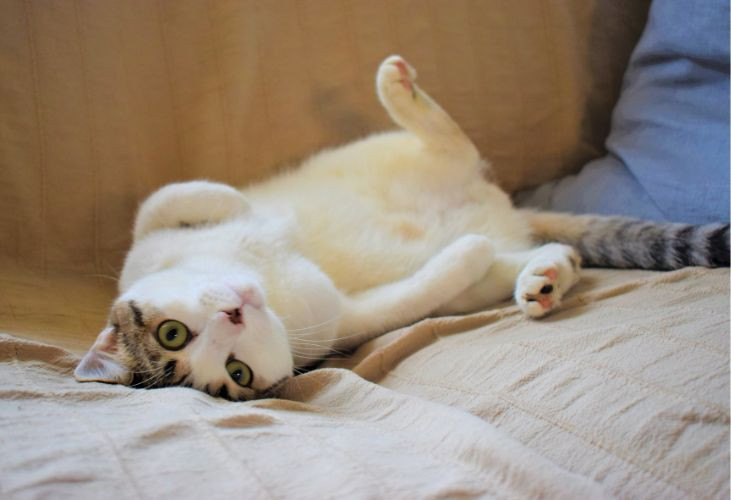
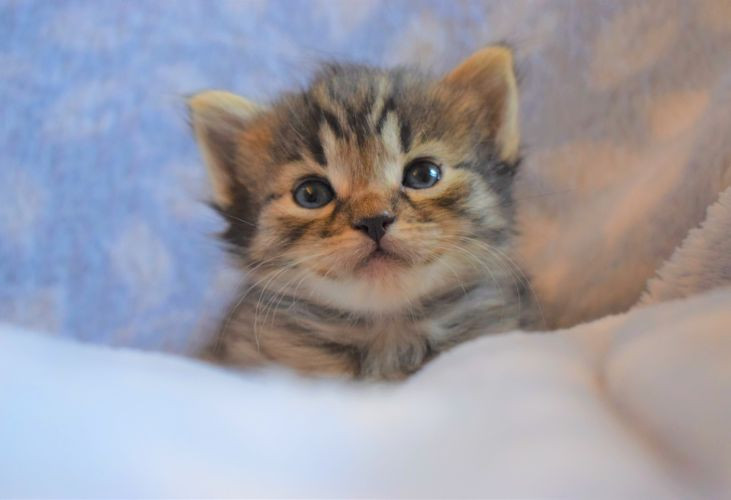
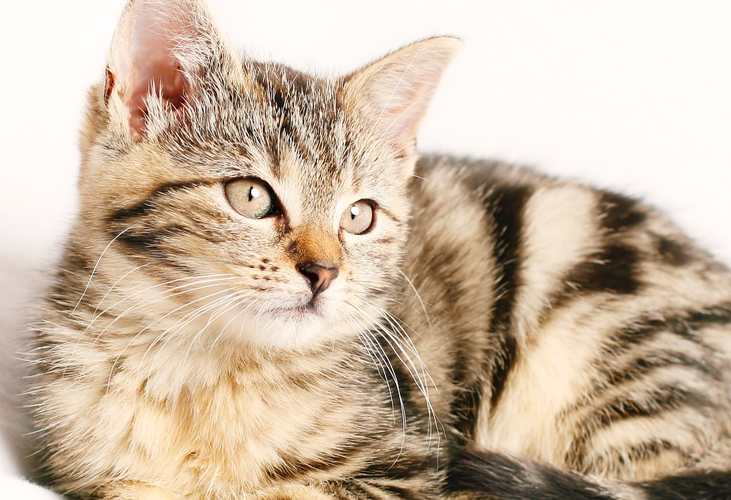
Leave a comment